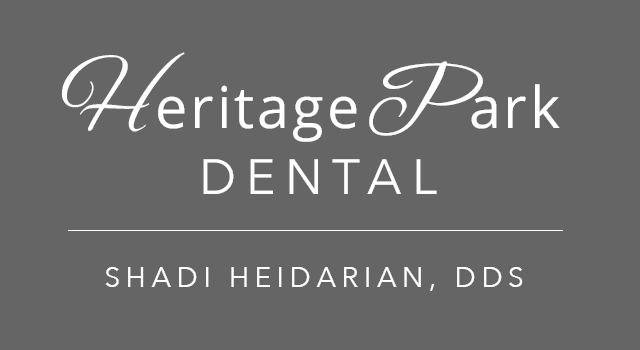Our Strategies For Treating Orthodontic Pain

It can be really exciting to finally decide to get orthodontic treatment performed. However, it can also come with a degree of trepidation. The reasons an individual may need orthodontic care are numerous. No matter what the underlying reason is, one end result is going to be an improvement in the appearance of their smile. However, before this change is achieved, the treatment has to be completed. Orthodontic treatment does not generally involve a lot of discomfort. However, some patients report discomfort during the first couple of weeks following treatment. While mild, there are options available for soothing it until it passes.
Easing Discomfort After Orthodontic Care
While the majority of those who receive orthodontic care don’t report discomfort afterward, it does happen. The discomfort experienced is often mild, involving some soreness and inflammation. However, this discomfort doesn’t persist throughout the entire period of care. The exact degree of discomfort and its nature will vary with each patient and treatment. When present, it is generally treatable with over-the-counter medication.
- Non-Steroidal Anti-Inflammatory Drugs: When patients are reporting inflammation or swelling, NSAIDs are a common solution. These medications, known as non-steroidal anti-inflammatory drugs, are excellent at easing swelling. Ibuprofen, Aleve, naproxen sodium, and Motrin are familiar types of NSAID for many patients.
- Analgesics: These medicines ease the sensation of pain, making them an excellent companion for NSAIDs in pain relief. Aspirin is a well-known brand of analgesic found in pharmacies everywhere. Your dentist may prescribe this to help control your discomfort.
- Cold Therapy: Cold has a soothing effect on many forms of dental pain, especially inflammation and swelling. Eating cold drinks, sucking (not chewing) on ice, or using a cold pack can help reduce your discomfort.
- Gargle Salt Water: This practice can help ease the soreness that impacts the cheeks and gums following treatment. Just take a sip of warm salt water, swish it around, and spit it out in the sink.
- Gum Massage: Gently rubbing your gums can have a soothing effect on the discomfort as well. It stimulates circulation to the area, helping reduce swelling and inflammation.
- Targeted Nutritional Guidance: Certain foods can cause discomfort when wearing an orthodontic appliance. You should avoid particularly crunchy, chewy, or sticky foods during your treatment.
It’s essential that you communicate any pain you’re experiencing to your dentist. Patients who are experiencing discomfort after receiving an orthodontic appliance generally have nothing to worry about. However, if the pain persists for a period longer than two weeks, it may indicate something more concerning. This is why your dentist must be alerted of any new symptoms, even if it’s immediately after the initial treatment.
Consult Your Dentist For Orthodontic Pain Relief
Orthodontic care has many benefits for the patient, even beyond the aesthetic results. It can improve the effectiveness of dental hygiene practices. This boost comes from eliminating spaces where bacteria can hide in your teeth. It also helps your brush and mouthwash reach every tooth surface, especially when combined with flossing. Call your orthodontist to learn more about controlling post-orthodontic care discomfort.

